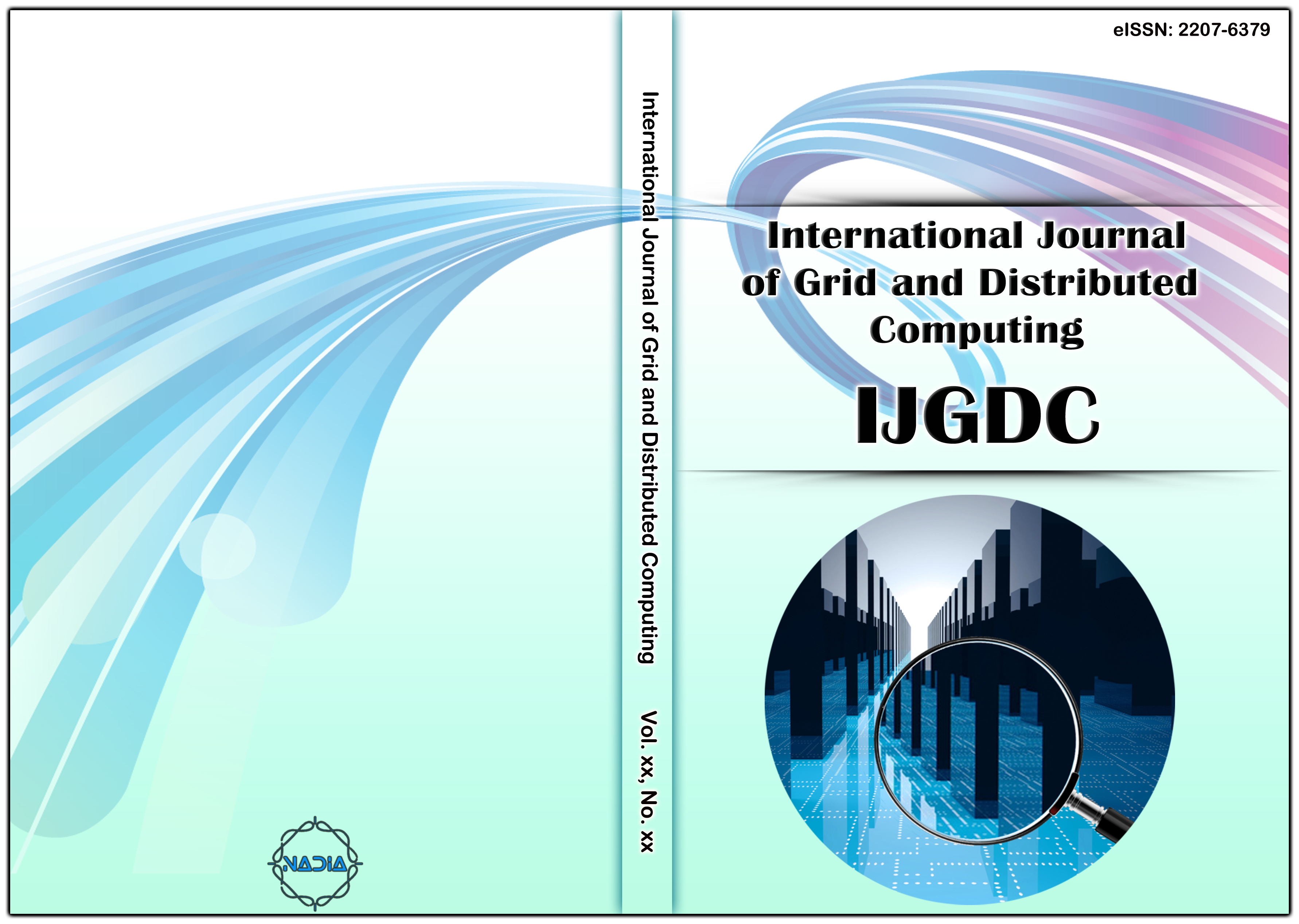[1] Hasan, Tabreer T., Manal H. Jasim, and Ivan A. Hashim. "Heart Disease Diagnosis System based on Multi-Layer Perceptron neural network and Support Vector Machine." (2017).
[2] Khanna, Dishant, and Arunima Sharma. "Kernel-Based Naive Bayes Classifier for Medical Predictions." Intelligent Engineering Informatics. Springer, Singapore, 2018. 91-101.
[3] Warmerdam, G. J. J., et al. "Detection rate of fetal distress using contraction-dependent fetal heart rate variability analysis." Physiological measurement 39.2 (2018): 025008.
[4] Zhang, Yang, and Zhidong Zhao. "Fetal state assessment based on cardiotocography parameters using PCA and AdaBoost." 2017 10th International Congress on Image and Signal Processing, BioMedical Engineering and Informatics (CISP-BMEI). IEEE, 2017.
[5] Fergus, Paul, et al. "Classification of caesarean section and normal vaginal deliveries using foetal heart rate signals and advanced machine learning algorithms." Biomedical engineering online 16.1 (2017): 89.
[6] Nagendra, Vinayaka, et al. "Evaluation of support vector machines and random forest classifiers in a real-time fetal monitoring system based on cardiotocography data." 2017 IEEE Conference on Computational Intelligence in Bioinformatics and Computational Biology (CIBCB). IEEE, 2017.
[7] Georgoulas, George, et al. "An ordinal classification approach for CTG categorization." 2017 39th Annual International Conference of the IEEE Engineering in Medicine and Biology Society (EMBC). IEEE, 2017.
[8] Bhatnagar, Divya, and Piyush Maheshwari. "Classification of cardiotocography data with WEKA." International Journal of Computer Science and Network-IJCSN 5.2 (2016).
[9] Karabulut, Esra Mahsereci, and Turgay Ibrikci. "Analysis of cardiotocogram data for fetal distress determination by decision tree based adaptive boosting approach." Journal of Computer and Communications 2.09 (2014): 32.
[10] Signorini, Maria G., and Giovanni Magenes. "Advanced signal processing techniques for CTG analysis." XIV Mediterranean Conference on Medical and Biological Engineering and Computing 2016. Springer, Cham, 2016.
[11] Potharaju, Sai Prasad, et al. "Data mining approach for accelerating the classification accuracy of cardiotocography." Clinical Epidemiology and Global Health (2018).
[12] Sahin, Hakan, and Abdulhamit Subasi. "Classification of the cardiotocogram data for anticipation of fetal risks using machine learning techniques." Applied Soft Computing 33 (2015): 231-238.
[13] Shah, Syed Ahsin Ali, et al. "Decision trees based classification of cardiotocograms using bagging approach." 2015 13th International Conference on Frontiers of Information Technology (FIT). IEEE, 2015.
[14] Spilka, Jirí, et al. "Using nonlinear features for fetal heart rate classification." Biomedical Signal Processing and Control 7.4 (2012): 350-357.
[15] Polat, Huseyin, Homay Danaei Mehr, and Aydin Cetin. "Diagnosis of chronic kidney disease based on support vector machine by feature selection methods." Journal of medical systems 41.4 (2017): 55.
[16] Xu, Shan, et al. "Cardiovascular risk prediction method based on CFS subset evaluation and random forest classification framework." 2017 IEEE 2nd International Conference on Big Data Analysis (ICBDA)(. IEEE, 2017.
[17] Singh, Bharat, and Om Prakash Vyas. "Maximum Spanning Tree Based Redundancy Elimination for Feature Selection of High Dimensional Data." International Arab Journal of Information Technology 15.5 (2018): 831-841.
[18] Jain, Indu, Vinod Kumar Jain, and Renu Jain. "Correlation feature selection based improved-binary particle swarm optimization for gene selection and cancer classification." Applied Soft Computing 62 (2018): 203-215.
[19] Gorade, M. S. M., A. Deo, and P. Purohit. "A study of some data mining classification techniques." IRJET 4 (2017): 3112-3115.
[20] Dadar, Mahsa, et al. "Performance comparison of 10 different classification techniques in segmenting white matter hyperintensities in aging." NeuroImage 157 (2017): 233-249.
[21] Tomar, Divya, and Sonali Agarwal. "A survey on Data Mining approaches for Healthcare." International Journal of Bio-Science and Bio-Technology 5.5 (2013): 241-266.
[22] Aziz, Abdul, and Aziz Ur Rehman. "Detection of Cardiac Disease using Data Mining Classification Techniques." International Journal of Advanced Computer Science and Applications 8.7 (2017).
[23] Jabbar, M. A. "Prediction of heart disease using k-nearest neighbor and particle swarm optimization." Biomed. Res 28.9 (2017): 4154-4158.
[24] Yahiaoui, Amani, Orhan Er, and Nejat Yumusak. "A new method of automatic recognition for tuberculosis disease diagnosis using support vector machines." Biomed. Res 28 (2017): 4208-4212.
[25] Le Douget, Jean-Eudes, et al. "Surface and intracranial EEG spike detection based on discrete wavelet decomposition and random forest classification." 2017 39th Annual International Conference of the IEEE Engineering in Medicine and Biology Society (EMBC). IEEE, 2017.
